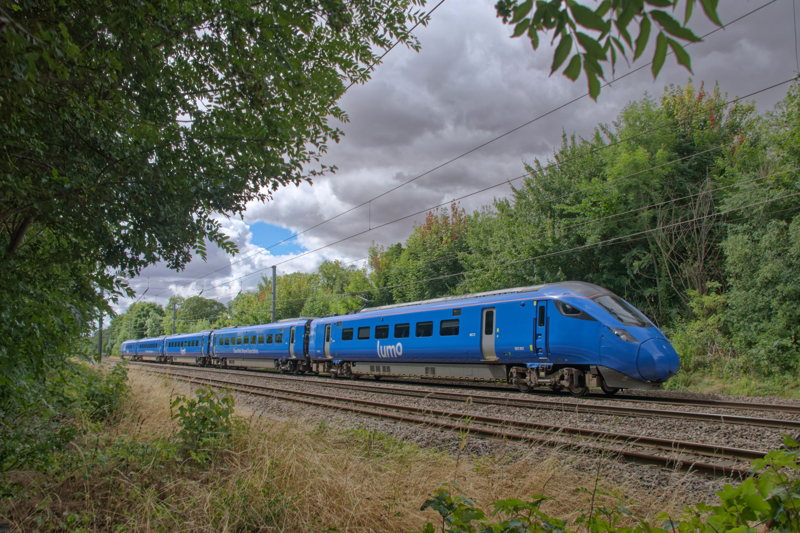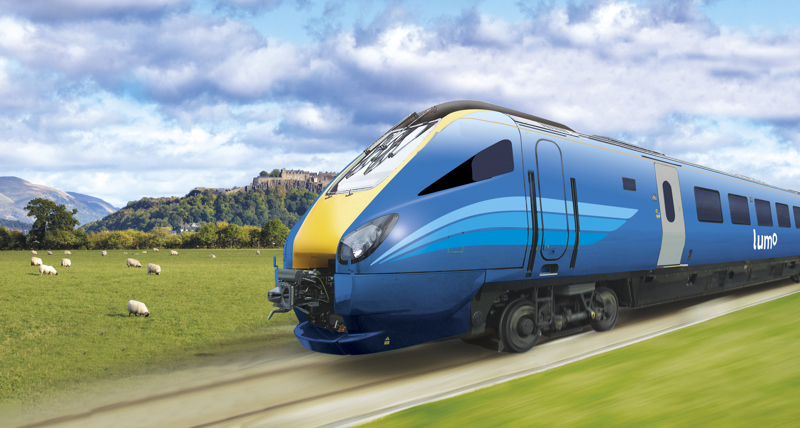
Factors such as revenue abstraction and impact of the Secretary of State’s funds did not alter the decision to reject all three West Coast Main Line open access decisions.

Factors such as revenue abstraction and impact of the Secretary of State’s funds did not alter the decision to reject all three West Coast Main Line open access decisions.
That’s what the Office of Rail and Road (ORR) has said in its decision letter to FirstGroup (using the Lumo brand), Virgin and Wrexham, Shropshire and Midlands Railway (WSMR).
The regulator’s board met on June 24 to decide the fate of all three applications.
In its decision letter, ORR referenced a letter from the Department for Transport on June 20 that stressed the need for the regulator to take “steps to fully understand and consider the cumulative scale and impacts of abstraction when it assesses open access applications”.
ORR said its board concluded it wasn’t relevant consideration, and that capacity and performance were “determinative in each application”.
DfT had supported the WSMR proposal but not the others, while Network Rail refused to back any.
Capacity
ORR said all three applicants planned to run services in an area that Network Rail had “publicly declared as congested infrastructure”, namely the WCML South Fast Lines between Euston and Leighton Buzzard. It had also said no significant capacity could be utilised between Camden South and Ledburn Junction (near Leighton Buzzard) without harming performance.
Network Rail had also “provided clear evidence” that nine daily firebreak paths were needed along the route.
ORR said Virgin untended to “use more capacity (in its total application” than the theoretical capacity identified” between Euston and Rugby, while Lumo and WSMR would have used all bar one of the theoretical northbound paths. Between them, the three would have used all (or nearly all) firebreaks within the timetable structure.
The regulator acknowledged Network Rail’s modelling that expects WCML performance to deteriorate once additional Avanti West Coast services to Liverpool and Lumo services to Stirling are added to the December 2025 timetable.
“We consider WCML South to be an area where punctuality is limited by a timetable structure and services specifications that offer limited opportunities to recover. If every theoretical path available was used, removing the firebreaks, this would further limit the opportunity for timetable recovery without impactful intervention by Network Rail and existing operators. We consider that passengers and freight users would be negatively impacted by a less punctual and reliable train service if these paths were used,” the ORR letter said.
ORR said WSMR viewed the firebreak paths as “unused” paths available for use.
“We do not consider that these paths are “unused” per se – while they are unoccupied in the timetable, they act as a buffer to a deterioration in performance, and it would not be possible to occupy these without worsening performance for all WCML users,” the letter added.
It went on to say that all applicants disputed the need for firebreaks and suggested that their evidence “shows that they have robust performing timetable plans”.
HS2
ORR also said Lumo and Virgin services would have competed with HS2 services north of Handsacre Junction once the new route is built.
The letter said: “In the absence of certainty on the HS2 train plan or operational start date, ORR is unable to support these applications as it would direct scarce capacity that is likely to be needed for delivery of the HS2.”
Power supply
WSMR had intended to use diesel-powered Class 221 Voyager units, previously operated by Avanti West Coast. Meanwhile Virgin had also intended to use existing diesel stock with “no less capability or performance characteristics than the Class 222”, five of which will be used by Lumo services to Stirling from next year.

Lumo would have ordered brand new Class 80x units with battery and electric traction.
Network Rail has said power constraints exist between Euston and North Wembley and from Crewe to Weaver Junction, which affects services towards Liverpool and Preston.
ORR said it agreed there are power supply issues along the WCML and these concerns will remain “until as yet unfunded mitigations are implemented”.
“Until then, we do not consider it reasonable for ORR to support the inclusion of additional electric traction at certain times of the day as proposed in these applications,” ORR said.
Conclusion
ORR’s conclusion was the open access services would have had a material impact on WCML performance.
“Simply put, the WCML South is currently unable to accommodate any of the proposed applications.”
Login to continue reading
Or register with RAIL to keep up-to-date with the latest news, insight and opinion.


















RobStaffs - 04/07/2025 22:27
It's a real shame that we aren't seeing at least one of these getting the go ahead. Does this mean that these towns and cities will never get a link to London in the future? No room for OAOs, no room for new GBR innovations?